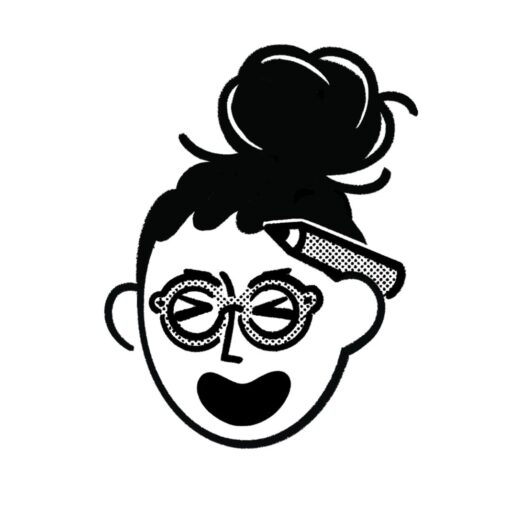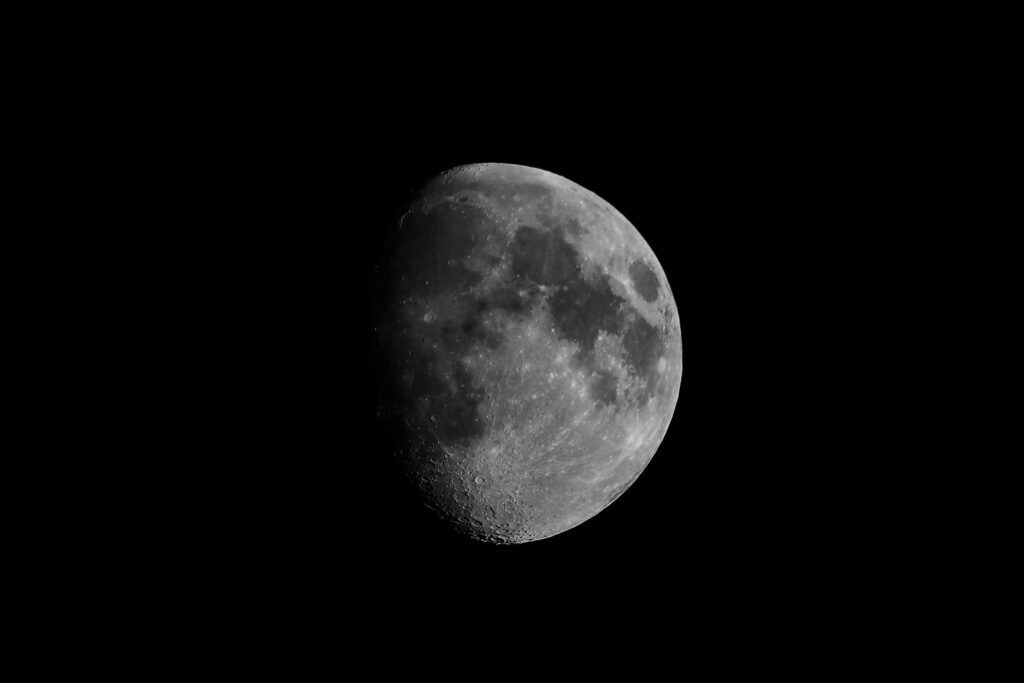In the contemporary marketplace, where competition is fierce and consumer attention spans are fleeting, custom package design has emerged as a vital component in the branding and marketing strategies of businesses across various industries. It is not just about wrapping a product; it’s about creating an experience, telling a story, and establishing a connection with the consumer. This article delves into the significance, process, and benefits of custom package design, highlighting why it is crucial for businesses aiming to stand out.
The Importance of Custom Package Design
Custom package design serves as the first physical touchpoint between the consumer and the product. It is the initial visual cue that can captivate potential buyers and influence purchasing decisions. In an era where shelves are crowded with similar products, a unique and well-crafted design can differentiate a brand from its competitors. Moreover, custom packaging is a reflection of a brand’s identity and values. It communicates messages about quality, sustainability, and innovation, thereby reinforcing brand loyalty and trust.
The Process of Designing Custom Packages
Creating a custom package design is a meticulous process that combines creativity with strategic thinking. It begins with understanding the brand’s vision, target audience, and market trends. Designers collaborate closely with marketers and product developers to ensure that the packaging aligns with the brand’s goals and resonates with consumers.
- Research and Exploration: Designers conduct thorough research to understand consumer preferences and industry standards. They explore various materials, shapes, colors, and typography to find the perfect blend that represents the brand.
- Concept Development: Based on the research, designers brainstorm and sketch multiple concepts. This stage involves experimenting with different designs and visual elements to create a compelling and functional package.
- Prototyping: Once a concept is finalized, prototypes are developed to test the practicality and aesthetics of the design. This step is crucial for identifying any potential issues with the design’s functionality or manufacturability.
- Feedback and Refinement: Prototypes are shared with stakeholders and focus groups to gather feedback. Designers refine the design based on this input, ensuring it meets both consumer expectations and production requirements.
- Production: The final design is handed over for production, where it is manufactured according to specifications. Quality control checks are essential to ensure the packaging maintains its design integrity throughout the production process.
Benefits of Custom Package Design
Investing in custom package design offers numerous advantages. Firstly, it enhances brand recognition. A distinctive package can become synonymous with the brand itself, making it easier for consumers to identify products on crowded shelves. Secondly, it can improve the perceived value of a product. High-quality packaging often suggests a premium product, encouraging consumers to choose it over cheaper alternatives. Additionally, custom packaging can also contribute to sustainability efforts by utilizing eco-friendly materials and designs that reduce waste.
Conclusion
In conclusion, custom package design is a powerful tool that goes beyond mere aesthetics. It is an integral part of a brand’s strategy to engage consumers, differentiate from competitors, and convey brand values. As businesses continue to innovate and seek new ways to captivate their audiences, custom package design will remain at the forefront of effective marketing practices. For brands looking to make a lasting impression, investing in unique, well-crafted packaging is not just an option; it is a necessity.

